For centuries, plants have been used to create vibrant, natural dyes for fabrics, offering an eco-friendly alternative to synthetic dyes. From the rich blues of indigo to the warm yellows of turmeric and the deep reds of madder root, nature provides an incredible palette of colors waiting to be explored.
By using flowers, leaves, bark, and roots, you can create unique, plant-based dyes that are safe, sustainable, and biodegradable. The process involves extracting pigments, preparing fabrics with natural mordants, and experimenting with different dyeing techniques to achieve stunning results.
Learn how to harness the power of plants to dye fabrics naturally, adding beautiful, earthy tones to your textiles while embracing a more sustainable lifestyle!
Turmeric
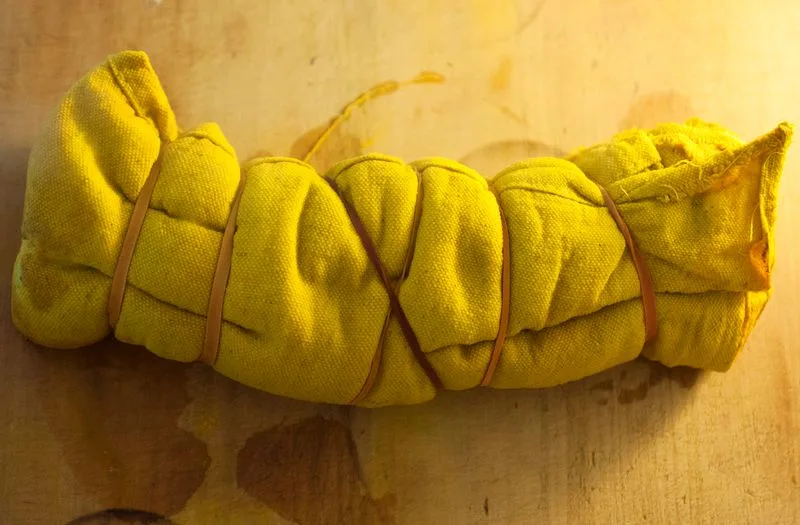
Turmeric’s golden hue has been cherished for centuries in fabric dyeing. Its bright yellow color brings warmth to any textile it touches. Perfect for beginners, turmeric requires minimal preparation and produces consistent results. Simply simmer the roots or powder with your fabric, and watch as the color deepens. Its earthy aroma adds an extra sensory layer to the dyeing experience. Best used with natural fibers, turmeric is both accessible and effective. Whether you’re dyeing napkins or t-shirts, its brilliance is undeniable.
Onion Skins
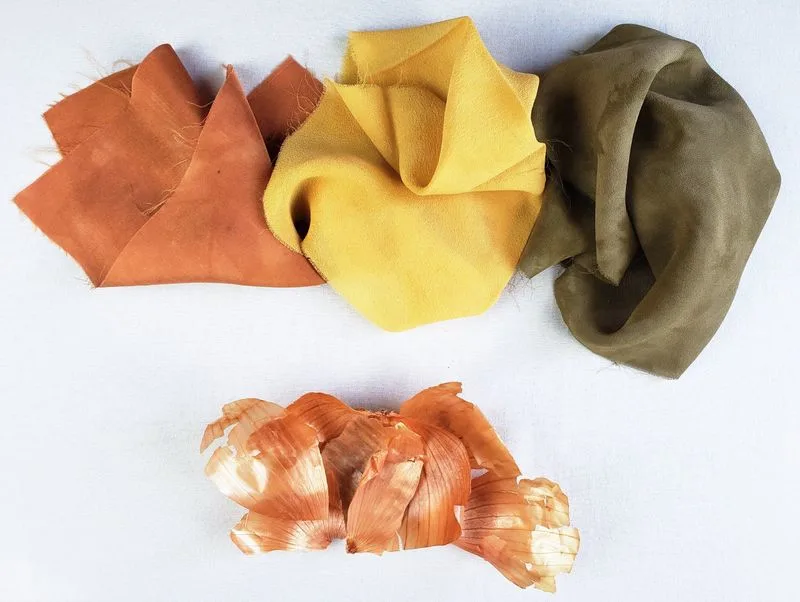
The humble onion skin often surprises with its dyeing potential. Known for producing a range of earthy tones, from soft tans to rich browns, onion skins are a kitchen staple that double as a dye source. The process is straightforward: save the skins, simmer with your fabric, and let the natural pigments work their magic. This eco-friendly method not only reduces waste but also offers a delightful surprise in its final hue. Embrace the unexpected beauty of onion skins in your dyeing projects.
Avocado Pits
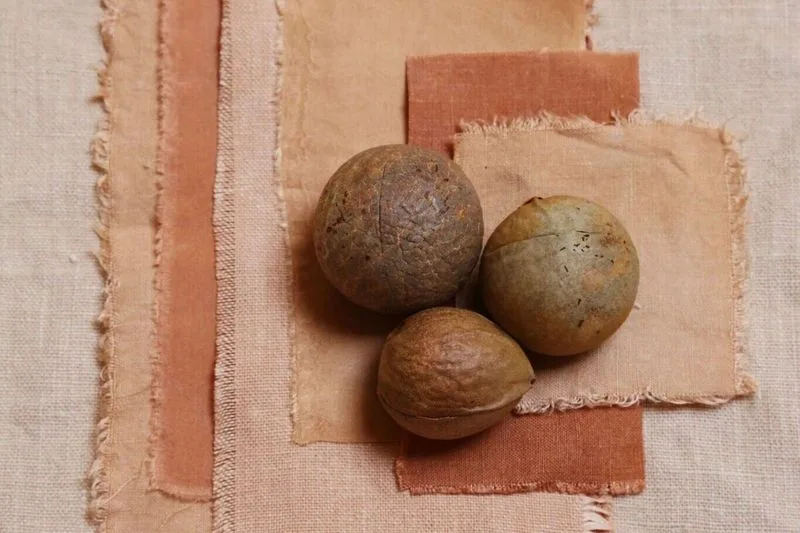
Who knew avocado pits could create such a lovely pink dye? Their transformation from culinary waste to a source of color is truly remarkable. As you simmer the pits with your chosen fabric, a gentle blush emerges. The process is as simple as boiling water, yet the results are breathtaking. Ideal for those seeking a soft, romantic hue, avocado pits are a testament to nature’s hidden gems. Their unique color can evoke a sense of calmness and creativity in your fabric projects.
Beetroot
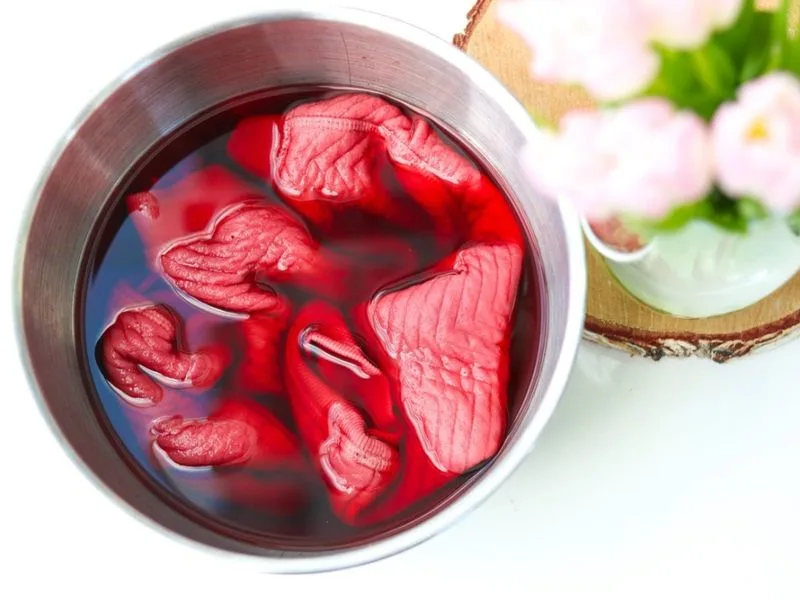
Beetroot’s vivid red is not just for the plate; it offers a striking dye for textiles too. When seeking a bold color statement, beets deliver with their deep tones and rich saturation. The dyeing process is straightforward: chop the beetroot, boil with the fabric, and allow the color to infuse. This natural dye is perfect for creating eye-catching pieces that stand out. Its earthy scent and intense color make it a favorite among natural dye enthusiasts. A truly dramatic option for fabric dyeing.
Red Cabbage
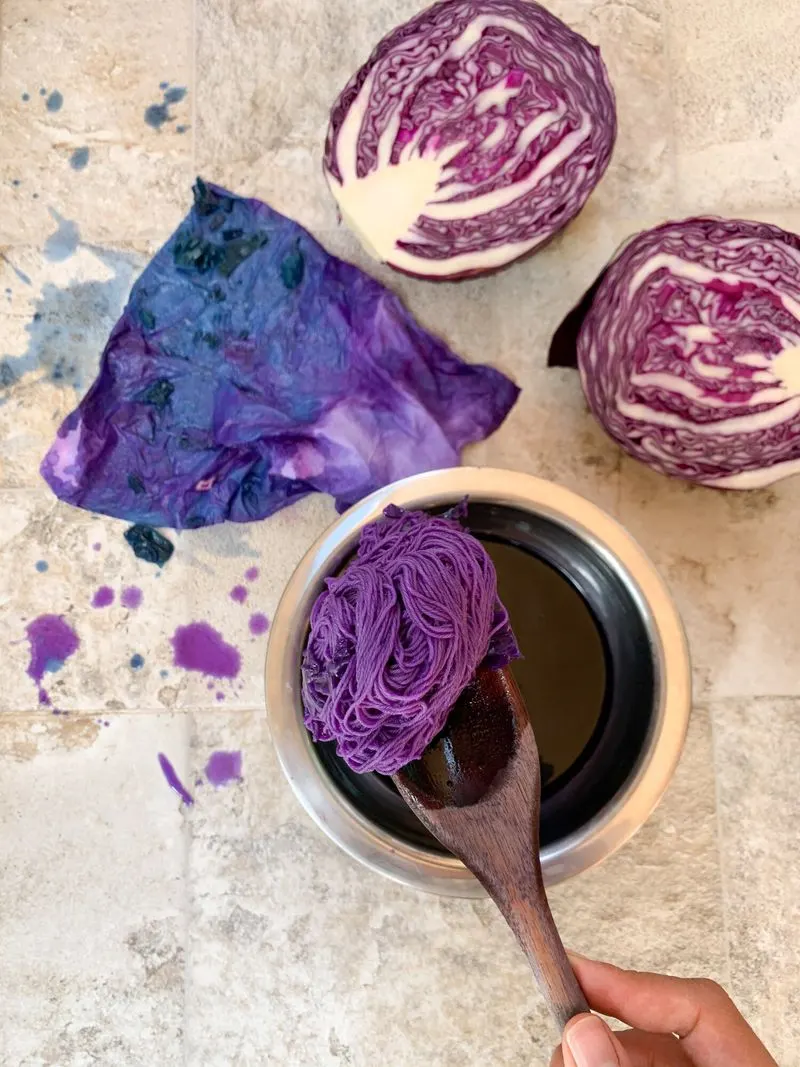
Red cabbage is a versatile dyeing choice, offering a spectrum of shades depending on pH levels. From blues to purples, the color possibilities are numerous. Simply chop the cabbage, simmer with your fabric, and explore the magic of pH alteration. Adding vinegar or baking soda changes the hue dramatically, making red cabbage a fun experiment for all ages. Its mild, fresh scent pairs well with the dyeing process, making it an engaging experience. A must-try for adventurous dyers seeking varied results.
Hibiscus Flowers
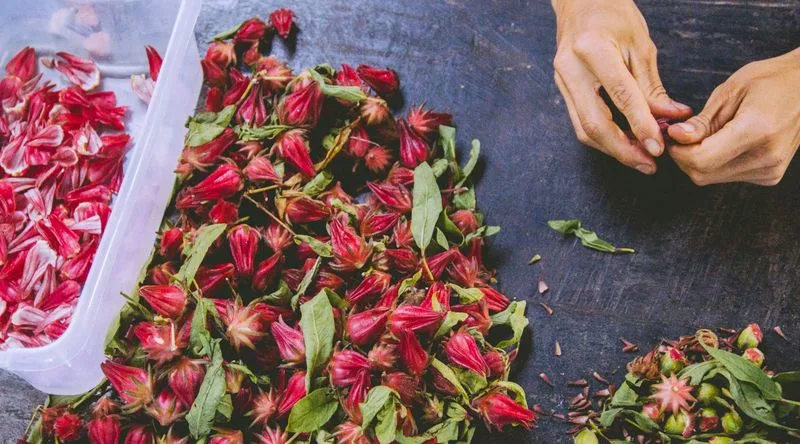
Hibiscus flowers are renowned for their vibrant pink and red hues, creating delicate colors on fabric. The dyeing process is straightforward: steep the dried flowers in hot water with your fabric of choice. The resulting color is often a subtle whisper of pink, ideal for soft, feminine touches. These flowers not only offer beauty in dyeing but also evoke a sense of tranquility. For those new to natural dyeing, hibiscus provides an easy entry with satisfying results. Experience nature’s grace through these charming blooms.
Walnut Hulls
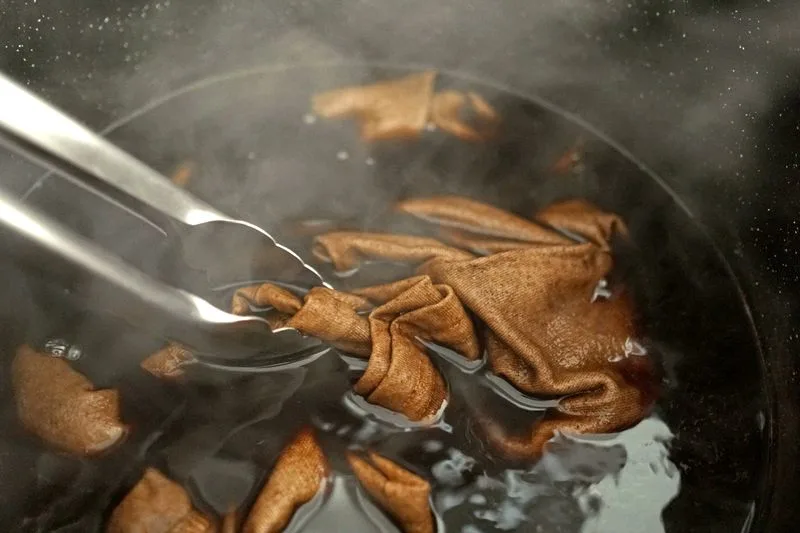
Walnut hulls deliver a rich, deep brown dye that has been appreciated for its reliability and strength. Their natural tannins ensure the color’s longevity on fabrics, making them a preferred choice for lasting results. The dyeing process involves simmering the hulls with your fabric, infusing it with a robust hue. Walnut’s earthy essence not only colors but also enhances the fabric’s texture. Ideal for those seeking timeless elegance in their textile projects. Transform your materials with this classic, enduring dye.
Stinging Nettle
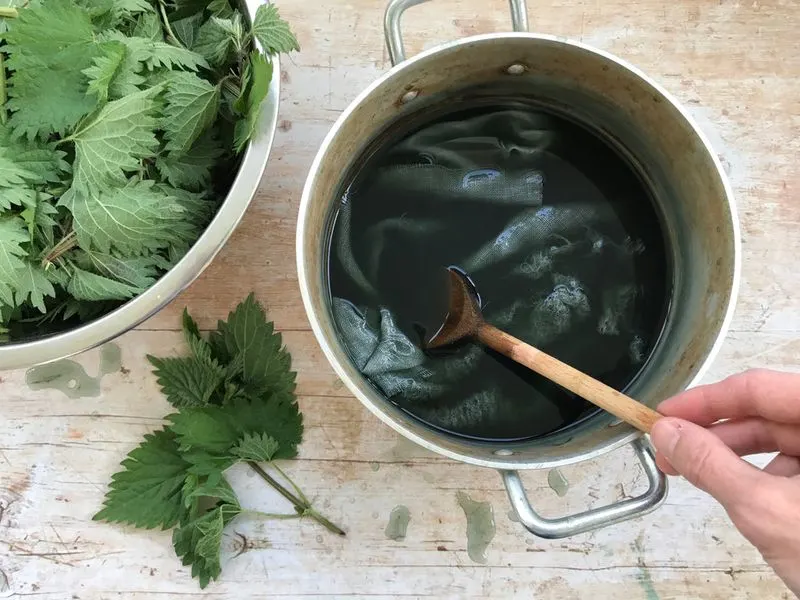
Ever thought of turning a common garden nuisance into a dyeing delight? Stinging nettle, with its earthy green hue, offers an unexpected twist. Despite its prickly reputation, this plant produces a subtle yet rich green dye.
Harvesting nettles requires caution, as their sting is anything but pleasant. Once you’ve gathered them, boil the leaves and stems to extract their color.
This dye is perfect for adding a touch of nature’s calm to your fabrics. Don’t forget gloves while handling; your fingers will thank you.
Pokeweed Berries
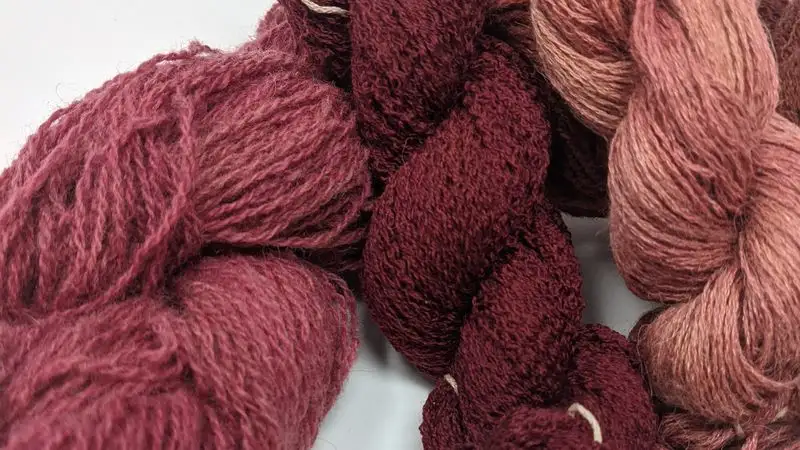
Pokeweed berries might be toxic, but their color is intoxicatingly beautiful. These deep purple berries create a dye that ranges from a soft pink to a deep violet. It’s a bold choice for those who love vibrant shades.
Gather the berries carefully, avoiding contact with skin and eyes. Crush them to release their lush color, then strain to create a smooth dye.
Due to its vibrant nature, this dye can bring life to the dullest of fabrics. Just be mindful of pokeweed’s toxic nature when handling.
Eucalyptus Leaves
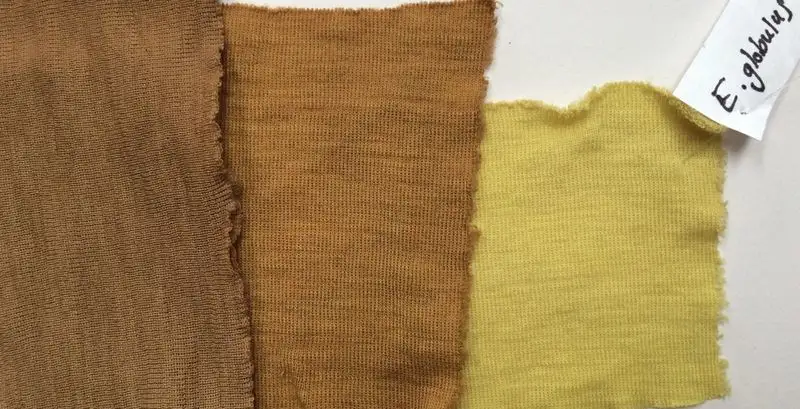
Eucalyptus leaves, often associated with calming scents, have more to offer beyond aroma. The unique silvery-blue hues they produce can transform fabric into an ethereal dream.
To extract this mystical dye, simmer the leaves gently, allowing the color to seep into the water. Eucalyptus dye creates a subtle yet striking effect on textiles, perfect for a serene look.
This dyeing process is as soothing as the scent itself, offering a meditative experience. Wrap yourself in eucalyptus-dyed fabric for a tranquil vibe.
Coreopsis Flowers
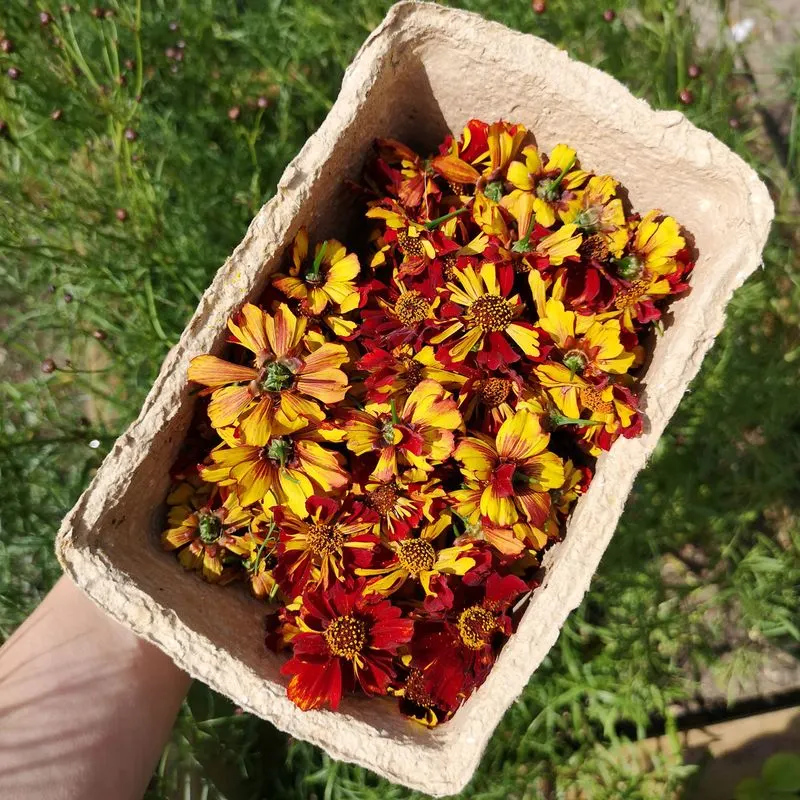
The sunny coreopsis flowers are a delight for both gardens and fabric dyeing. Their vibrant orange and yellow hues are perfect for creating energetic designs.
Pluck the flowers at their peak, and simmer them to release their cheerful color. The resulting dye can brighten even the dullest fabric, bringing a ray of sunshine to your wardrobe.
This playful dye is ideal for those looking to add a burst of joy to their textiles. Coreopsis flowers are truly a sunny surprise in dyeing.
Blackberry Leaves
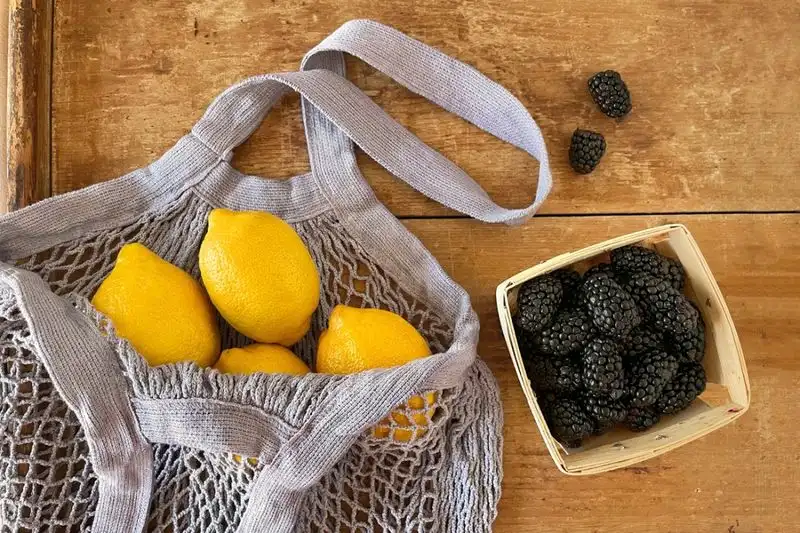
Not just the berries, but blackberry leaves can be used for dyeing too! These leaves offer a soft, muted green color, perfect for a subtle touch.
Gather the leaves when they’re fresh and simmer them to extract their gentle dye. The process is simple, yet the result is an elegant, understated shade.
Perfect for those who prefer a more reserved palette, the dye from blackberry leaves adds a hint of sophistication. It’s a gentle nod to nature’s softer side.

